They say it will never happen to us. Our fears are silenced; worries reassured. But they have scared us from turning our backs in an open room. A loud pop echoes through the halls but is never addressed. The students keep working, hands raised, pencils scratching, brains wracked, and their eyes locked on the door.
In the first 117 days of 2023, there have been 146 mass shootings, adding up to more than 11,500 people who killed by gun violence since the beginning of the year. There have been 14 school shootings in 2023.
The impending threat of school shootings has infiltrated every school, and in reaction to this fear, swatting runs rampant. Swatting occurs when authorities are called by a number with no caller ID reporting a nonexistent threat in a building or against a person. In recent months, swatting has taken the nation by storm with threats targeting high schools and colleges in Oklahoma, Boston, Massachusetts, Illinois, Wisconsin, New York and Missouri.
Parkway School District joined these schools on March 27, when many high schools received false school shooting threats in an incident of mass swatting calls. Calls to the schools were identical, claiming an active shooter in the building and six students had been fatally injured in a restroom. School Resource Officer Matt Paubel was among the first to respond to the alleged threat against West.
In reaction to an apparent threat, the school will put out an alert for either code yellow or red. Code yellow activates when a situation occurs near the school requiring police, fire or EMS response; students carry on with their schedules, but all entrances and exits are blocked until the administration confirms the building is safe. On the other hand, code red goes into effect when an intruder threatens or infiltrates the building. Code red is the traditional lockdown drill where students follow the educate, escape, evade and engage protocols.
“I reported the call to [Principal John] McCabe and spoke with Parkway Central, who received a call first. [Since] we were already aware of the situation, we already had administrators in place. I did a check of the school with another officer; however, our response was slightly different since the administration knew it was a hoax,” Paubel said. “Security tried to issue a code red, keeping everyone in their rooms and putting the school on lockdown, but they accidentally activated a code blue: a severe weather alert.”
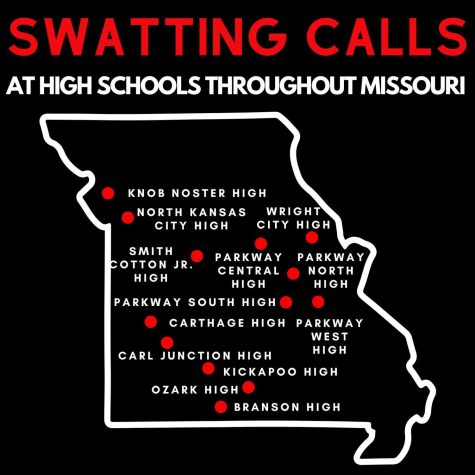
There is a serious danger presented in this problem; the school, in attempting to start lockdown, instead alerted the school of severe weather conditions that only a few took seriously. This mix-up not only caused mass confusion in classes as students looked out windows to see a bright sunny day but also led students into the hallways to begin tornado drills. In the case of an actual shooting, this mistake would have cost lives.
There are multiple proposed methods of protecting schools against shootings. Many people have suggested introducing hardening tactics — metal detectors, increased security and arming teachers — as one of the most popular methods to protect against gun violence. But are they effective?
In a survey of 500 K-12 teachers following the Parkland school shooting, 73% of teachers opposed the idea of arming staff and felt it would not improve safety. Additionally, there is little evidence to support the notion that metal detectors make schools safer. In fact, studies show that the presence of metal detectors in schools can create a negative environment and hurt students’ perception of safety. Even evidence to suggest that while now-normal procedures such as lockdown drills are somewhat effective, they can also create excessive fear of going to school, leading to a poor school environment that affects mental health.
“The first thing we need to do is come to a consensus on what kind of problem this is. We have differing opinions on whether this is a mental health problem or a gun problem. There have been lots of calls for banning assault weapons and expanding gun control, but we also have to understand we need more empirical solutions rather than partisan solutions. No matter what weapon is used, [the problem] is the well-being of the people wielding them. My opinion is that this is a mental health crisis rather than a gun crisis,” senior San Kumar said.
Instead of focusing on these hardening tactics, we should focus on softening tactics. Starting with the psyche, softening tactics work to protect students mentally. A study of school shootings from 2009 to 2018 conducted by the United States Government Accountability Office shows that of 318 shootings, 49% originate from current and former students of the schools. The National Education Association believes pooling school resources to provide more assistance and counseling to troubled students is far more effective in prevention than any of the above-mentioned hardening tactics.
While softening techniques are a good start, we — the students — must take further action to protect our schools, starting with advocating for legislation changes. Extreme risk laws and raising the age of gun ownership are both policies that students can encourage their representatives to introduce. Extreme risk laws give law enforcement authority to temporarily remove firearms from anyone at an elevated risk of harming themselves or others.
This legislation has already been proven to help people, with 44% of cases leading the respondent to psychiatric treatment they otherwise would have neglected. Nineteen states already have extreme risk laws — the first extreme risk law came into effect in May 2014 following a mass shooting near the University of California, Santa Barbara. Extreme risk laws are made to protect the public, including public schools. In four out of five shootings, at least one other person knew about the attacker’s plan and did not report it. Extreme risk laws would help to mitigate the number of attacks.
In addition, we must advocate for raising the age of firearm ownership. The median age of a school shooter is only 16, and 66% of school shooters are under 18. Raising the firearm purchase age will help prevent guns from getting into the hands of the age range most likely to orchestrate a shooting.
“I think this is caused by what the government is doing. Because Missouri is a Republican state, I’ve become more worried about the possibility of teachers carrying guns. I’ve considered dropping out because I do not want to be in this environment. What really matters is students and teachers advocating for themselves and their safety, junior Mikalah Owens said.
To encourage this change, students can contact their state representatives and stage walkouts to gain support. Everytown for Gun Safety is a gun violence prevention organization providing resources for citizens looking to change legislation. They encourage people to use their website to contact their representatives and students to involve themselves in walkouts and anti-school shooting protests. With their guidance, schools nationwide hosted walkouts against gun violence on April 5, in reaction to a school shooting at the Covenant School in Tennessee.
“There is always improvement [to be made] for laws and safety, but you have to work with local council members, lawmakers and government officials to change them. It is a long process for that change. However, I am always advocating if you think there is a law that needs to be changed. I am always willing to help with that,” Paubel said. “Students can stay vigilant and report suspicious activity, even if it is small. If you see something that could be dangerous, say something.”
Schools nationwide with similar plans, like the 4E protocols, have been attacked, and too many people have lost their lives. As a community, we must take steps to further protect ourselves from internal and external threats. We should not continue to be naive and believe that this just won’t happen to us.
Students must share their voices in this ongoing debate about firearm legislation because we are the population affected by these heinous shootings and threats. Students nationwide who are threatened with gun violence are protesting to make the change. Before the same happens to us, we must proactively change legislation. All students should feel safe in their schools, and seeing as there is a lack of action from current lawmakers, it is our duty to step up and make our voices heard.


![Dressed up as the varsity girls’ tennis coach Katelyn Arenos, senior Kate Johnson and junior Mireya David hand out candy at West High’s annual trunk or treat event. This year, the trunk or treat was moved inside as a result of adverse weather. “As a senior, I care less about Halloween now. Teachers will bring their kids and families [to West’s Trunk or Treat], but there were fewer [this year] because they just thought it was canceled [due to the] rain. [With] Halloween, I think you care less the older you get,” Johnson said.](https://pwestpathfinder.com/wp-content/uploads/2025/10/DSC00892-1-1200x800.jpg)
![Leaning on the podium, superintendent Melissa Schneider speaks to Parkway journalism students during a press conference. Schneider joined Parkway in July after working in the Thompson School District in Colorado. “My plan [to bond with students] is to get things on my calendar as much as possible. For example, being in [classes] is very special to me. I am trying to be opportunistic [meeting] kids [and] being in [the school] buildings. I have all the sports schedules and the fine arts schedules on my calendar, so that when I'm available, I can get to them,” Schneider said.](https://pwestpathfinder.com/wp-content/uploads/2025/09/IMG_5425-1200x943.jpeg)

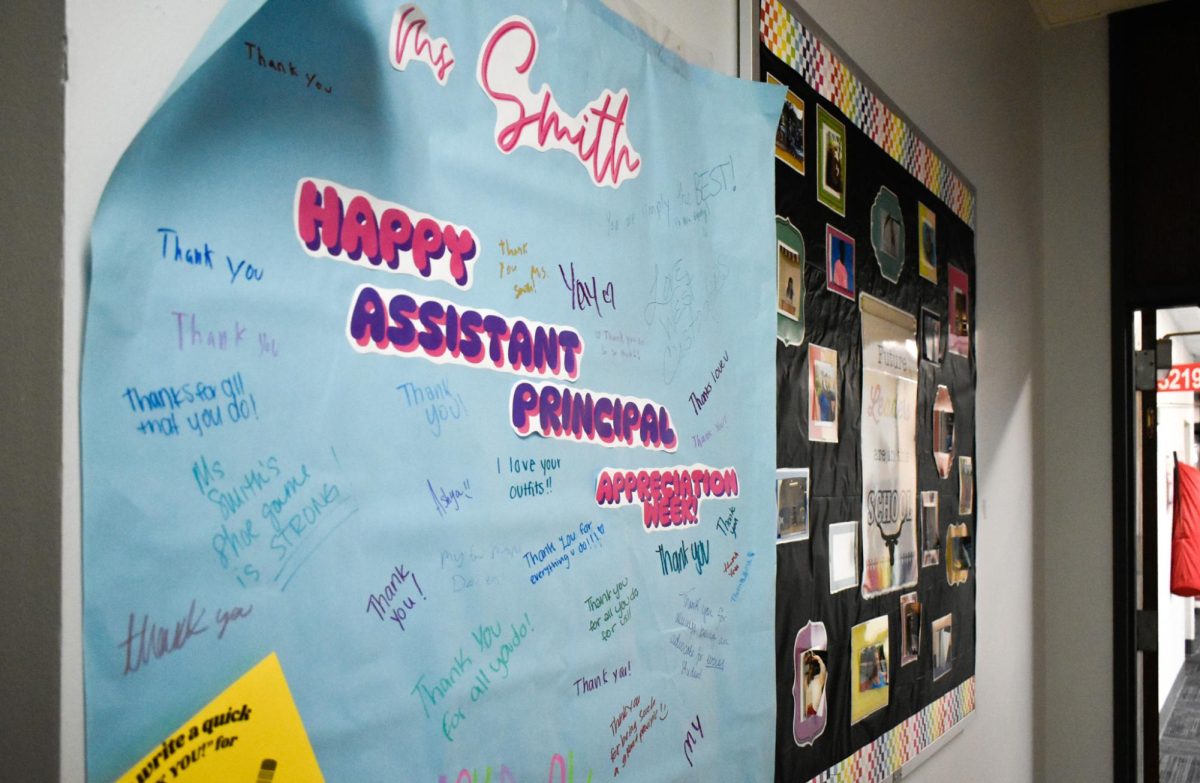
![Red, white and blue, the American flag holds the values of our democracy. The fight that we once endured has returned, as student journalists and senior correspondents across the country are losing their voices due to government control. “[Are] the White House and [the] government limiting free speech [and] freedom of the press? Yes [they are],” chief communications officer of the Parkway School District and former journalist Elisa Tomich said.](https://pwestpathfinder.com/wp-content/uploads/2025/03/Untitled-design-14.jpg)
![A board in the Parkway West counseling department displays pennants of selective universities. With a wide range of students interested in attending, it’s important that these schools have clear priorities when deciding who to admit. “[Washington University] had the major that I wanted, psychology, philosophy, neuroscience. That's a holistic study of the brain, and [WashU is] the only college in the world that offers that. That's the main reason I wanted to go; I got into that program,” senior Dima Layth said.](https://pwestpathfinder.com/wp-content/uploads/2025/02/Flag-1.png)
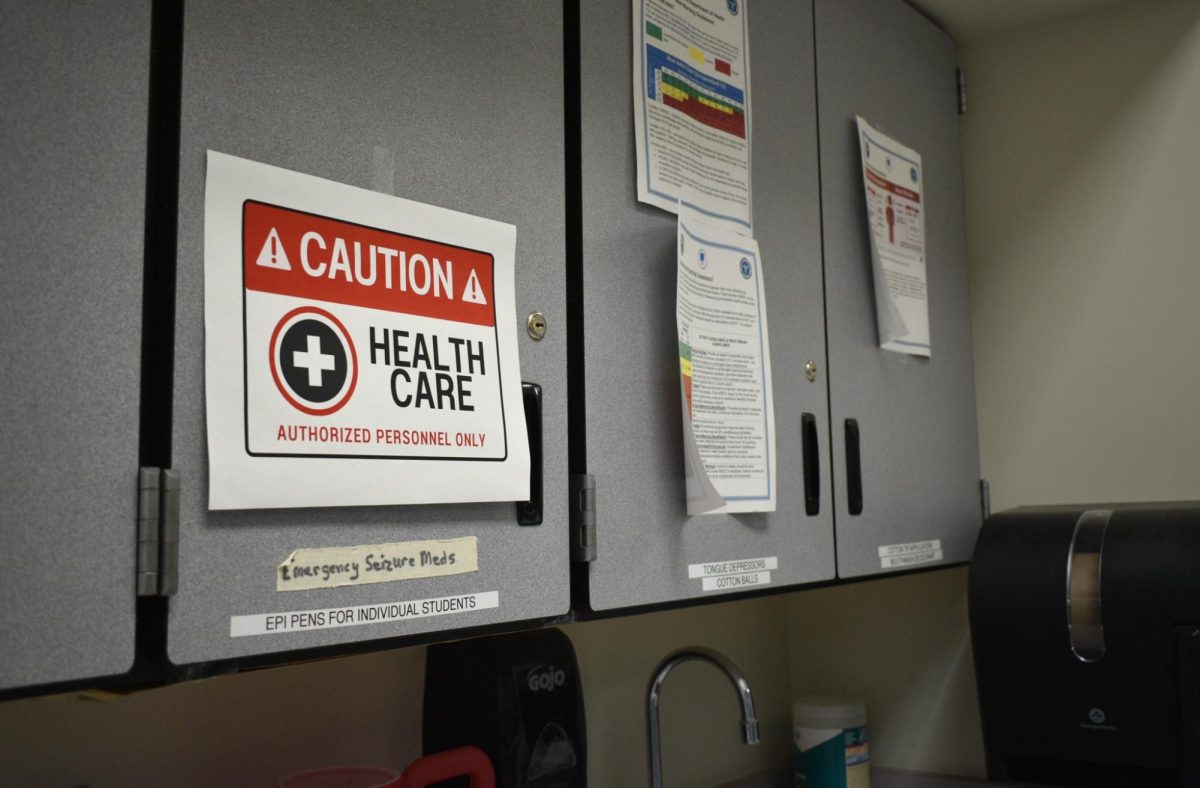
![Within the U.S., the busiest shopping period of the year is Cyber Week, the time from Thanksgiving through Black Friday and Cyber Monday. This year, shoppers spent $13.3 billion on Cyber Monday, which is a 7.3% year-over-year increase from 2023. “When I was younger, I would always be out with my mom getting Christmas gifts or just shopping in general. Now, as she has gotten older, I've noticed [that almost] every day, I'll open the front door and there's three packages that my mom has ordered. Part of that is she just doesn't always have the time to go to a store for 30 minutes to an hour, but the other part is when she gets bored, she has easy access to [shopping],” junior Grace Garetson said.](https://pwestpathfinder.com/wp-content/uploads/2024/12/DSC_0249.JPG-1200x801.jpg)
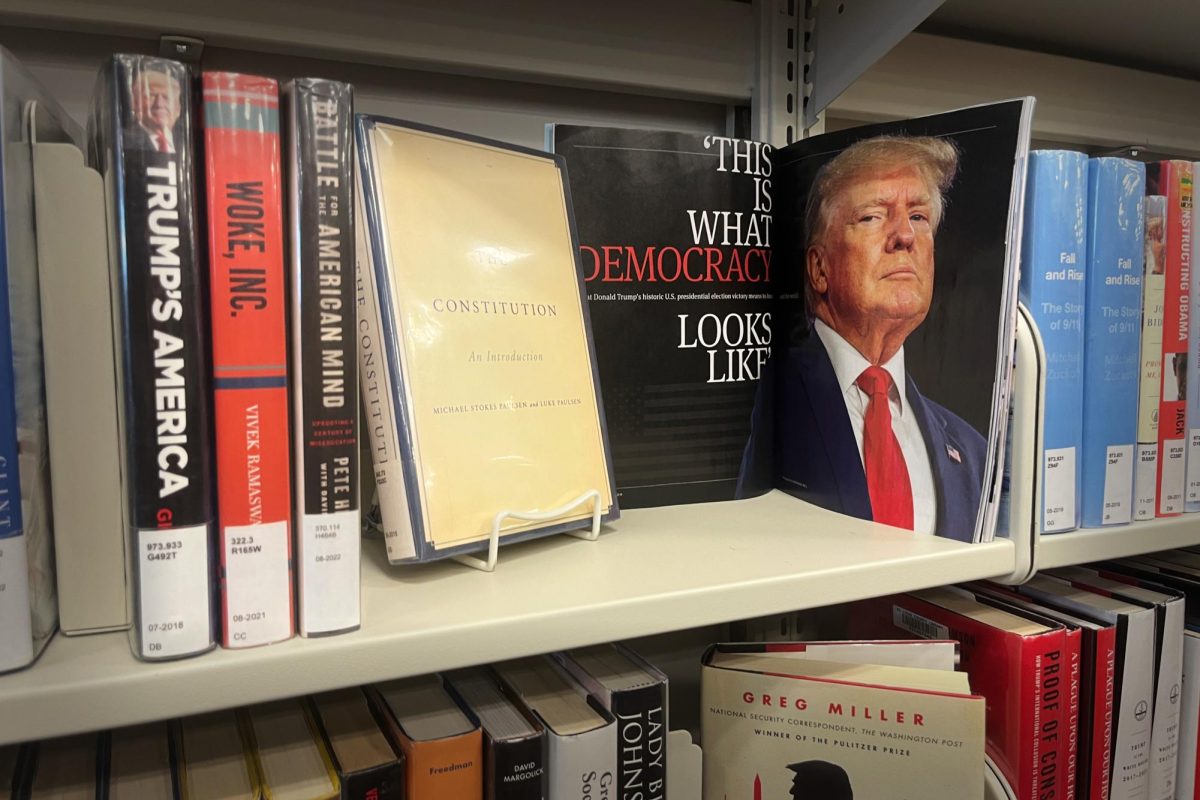
![Senior Sally Peters stands in the history hallway, contemplating her choices in the 2024 United States and Missouri elections on Nov. 5. As a member of Diplomacy Club, Peters has discussed key candidates and issues in contemporary American politics. “[As students], we're starting to become adults. We're realizing how much the policies that are enforced and the laws that make it through the House and Senate are starting to affect us. [Opportunities such as] AP [U.S.Government] and Diplomacy Club [make elections feel] a lot more real,” Diplomacy Club vice president and senior Nidhisha Pejathaya said.](https://pwestpathfinder.com/wp-content/uploads/2024/10/Flag-1-1.png)
![Sitting courtside before a junior varsity girls’ tennis match, senior Tanisi Saha rushes to finish her homework. Saha has found herself doing academic work during her athletic activities since her freshman year. “Being in sports has taught me how to stay organized and on top of my schoolwork. [With] a busy practice and game schedule, I’ve learned to manage my homework and study time better,” Saha said.](https://pwestpathfinder.com/wp-content/uploads/2025/11/DSC_0022-1200x800.jpg)
![Sophomore Maryem Hidic signs up for an academic lab through Infinite Campus, a grading and scheduling software. Some students enjoyed selecting their responsive schedule in a method that was used school-wide last year. “I think it's more inconvenient now, because I can't change [my classes] the day of, if I have a big test coming and I forget about it, I can't change [my class],” sophomore Alisha Singh said.](https://pwestpathfinder.com/wp-content/uploads/2025/10/DSC_0012-1200x801.jpg)
![Senior Dhiya Prasanna examines a bottle of Tylenol. Prasanna has observed data in science labs and in real life. “[I] advise the public not to just look or search for information that supports your argument, but search for information that doesn't support it,” Prasanna said.](https://pwestpathfinder.com/wp-content/uploads/2025/10/DSC_0073-2-1200x800.jpg)
![Junior Fiona Dye lifts weights in Strength and Conditioning. Now that the Trump administration has instituted policies such as AI deregulation, tariffs and university funding freezes, women may have to work twice as hard to get half as far. "[Trump] wants America to be more divided; he wants to inspire hatred in people,” feminist club member and junior Clara Lazarini said.](https://pwestpathfinder.com/wp-content/uploads/2025/05/Flag.png)
![As the Trump administration cracks down on immigration, it scapegoats many immigrants for the United States’ plights, precipitating a possible genocide. Sophomore Annabella Whiteley moved from the United Kingdom when she was eight. “It’s pretty scary because I’m on a visa. When my visa expires next year, I’m not sure what’s going to happen, especially with [immigration] policies up in the air, so it is a concern for my family,” Whiteley said.](https://pwestpathfinder.com/wp-content/uploads/2025/05/DSC_0077-7copy.jpg)
![Shifting global trade, President Donald Trump’s tariffs are raising concerns about economic stability for the U.S. and other countries alike. “[The tariffs are] going to pose a distinct challenge to the U.S. economy and a challenge to the global economy on the whole because it's going to greatly upset who trades with who and where resources and products are going to come from,” social studies teacher Melvin Trotier said.](https://pwestpathfinder.com/wp-content/uploads/2025/05/MDB_3456-1200x800.jpg)
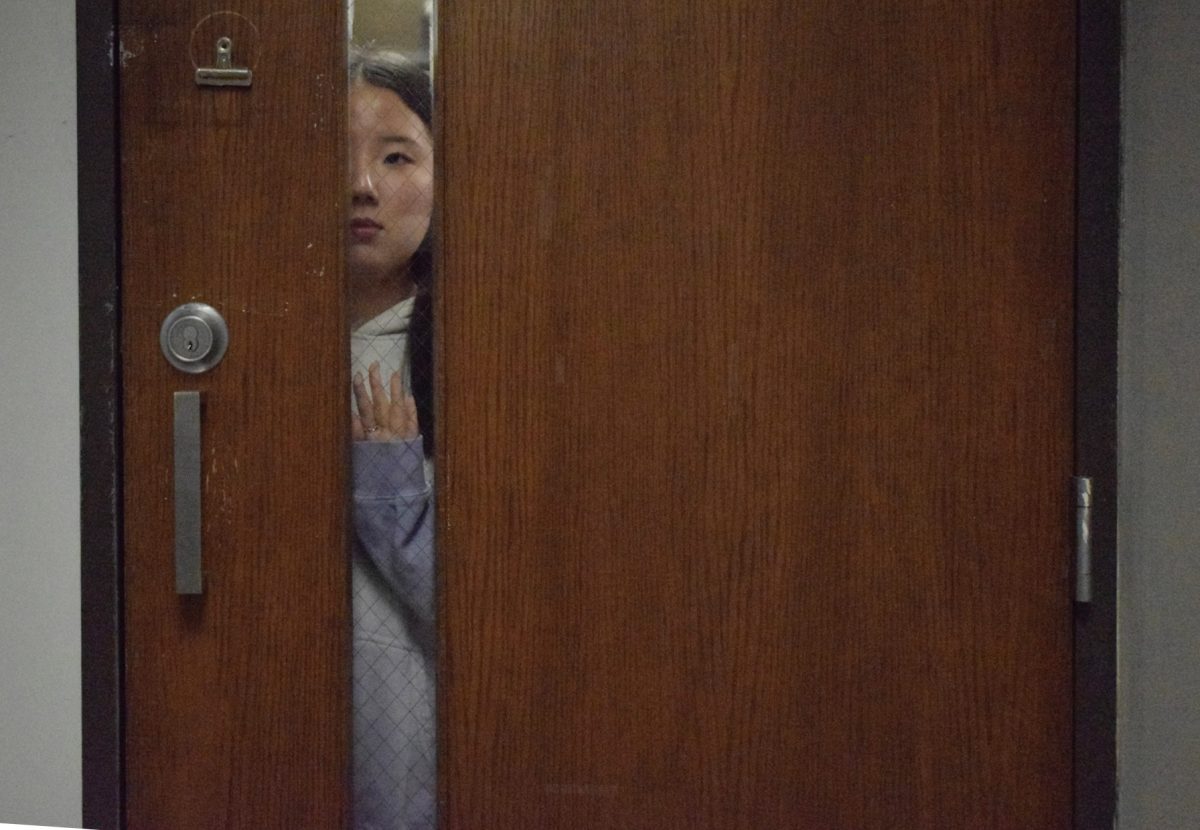


![Some of the most deadly instances of gun violence have occurred in schools, communities and other ‘safe spaces’ for students. These uncontrolled settings give way to the need for gun regulation, including background and mental health checks. “Gun control comes about with more laws, but there are a lot of guns out there that people could obtain illegally. What is a solution that would get the illegal guns off the street? We have yet to find [one],” social studies teacher Nancy Sachtlaben said.](https://pwestpathfinder.com/wp-content/uploads/2025/01/DSC_5122-1200x800.jpg)
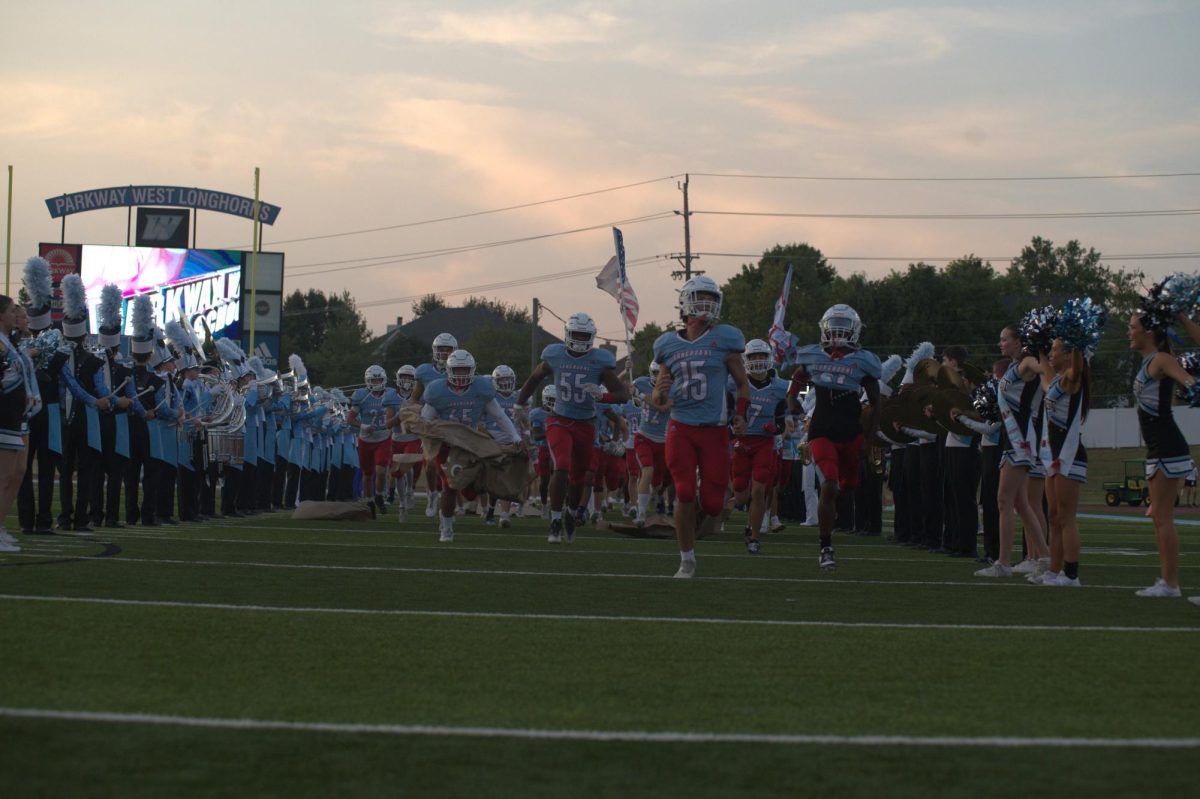
![Sophomore Shree Sikkal Kumar serves the ball across the court in a match against Lindbergh. Sikkal Kumar has been a varsity member of the varsity girls’ tennis team for two years, helping her earn the number two rank in Class 2 District 2.“When matches are close, it’s easy to get nervous, but I [ground] myself by[staying] confident and ready to play,” Sikkal Kumar said.](https://pwestpathfinder.com/wp-content/uploads/2025/11/DSC2801-1200x798.jpg)
![Focused on providing exceptional service, sophomore Darsh Mahapatra carefully cleans the door of a customer’s car. Mahapatra has always believed his customers deserve nothing less than the best. “[If] they’re trusting us with their car and our service, then I am convinced that they deserve our 100 percent effort and beyond,” Mahapatra said.](https://pwestpathfinder.com/wp-content/uploads/2025/10/DSC_0018-1200x800.jpg)
![Sophomore Aleix Pi de Cabanyes Navarro (left) finishes up a soccer game while junior Ava Muench (right) warms up for cross country practice. The two came to Parkway West High School as exchange students for the 2025-2026 school year. “The goal for the [exchange] program is to provide opportunities for both Parkway students and our international exchange students to learn about other cultures, build connections and become confident, capable, curious and caring — Parkway’s Four C’s — in the process,” Exchange Program Lead Lauren Farrelly said.](https://pwestpathfinder.com/wp-content/uploads/2025/10/Feature-Photo-1200x800.png)
![Gazing across the stage, sophomore Alexis Monteleone performs in the school theater. The Monteleone family’s band “Monte and the Machine” has been releasing music since 2012, but Alexis started her own solo career in 2024 with the release of her first single, Crying Skies. “My whole family is very musical, [and I especially] love writing [songs with them],” Monteleone said.](https://pwestpathfinder.com/wp-content/uploads/2025/09/DSC7463-1200x798.jpg)

![Leaping through the air, senior Tyler Watts celebrates his first goal of the season, which put the Longhorns up 1-0 against the Lafayette Lancers. Watts decided to play soccer for West for his last year of high school and secured a spot on the varsity roster. “[Playing soccer for West] is something I had always dreamed of, but hadn’t really had a good opportunity to do until now. It’s [really] fun being out [on the field], and I’m glad I decided to join the team. It’s just all about having fun with the boys and enjoying what time we have left together,” Watts said.](https://pwestpathfinder.com/wp-content/uploads/2025/09/DSC_1951-1200x855.jpg)

![Pitching the ball on Apr. 14, senior Henry Wild and his team play against Belleville East. Wild was named scholar athlete of the year by St. Louis Post-Dispatch after maintaining a high cumulative GPA and staying involved with athletics for all of high school. “It’s an amazing honor. I feel very blessed to have the opportunity to represent my school [and] what [it] stands for,” Wild said.](https://pwestpathfinder.com/wp-content/uploads/2025/05/unnamed-6-1200x714.jpg)
![Freezing in their position, the Addams Family cast hits the “rigor mortis” pose after cast member and senior Jack Mullen, in character as Gomez Addams, calls out the stiff death move. For the past four months, the combined company of cast members, orchestra pit, crew and directors all worked to create the familial chemistry of the show. “I’m excited for [the audience] to see the numbers, the music, the scenes, but I also just love all the technical aspects of it. The whole spectacle, the costumes, makeup and the people that put in the work backstage in order to make the show successful on stage. I’m excited for people to see and appreciate that,” Mullen said.](https://pwestpathfinder.com/wp-content/uploads/2025/03/DSC0116-1200x800.jpg)
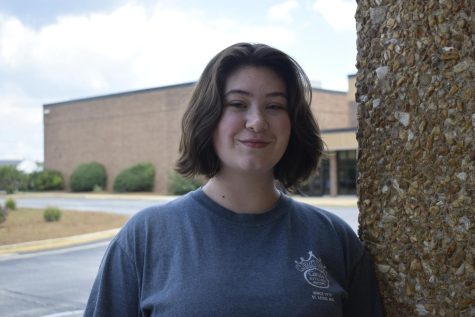
Lauren Holcomb • Apr 28, 2023 at 4:06 pm
Really awesome article Madi!! You’re such a good writer omg